For the second round of our series Ask a Local, we jumped from Madrid to Berlin, to talk with curator and writer Roxane Latrèche. Everyone knows Berlin is one of the coolest cities in Europe, rich in history, but with a great eye for contemporary trends and future-oriented initiatives.
This conversation with Roxane will surely let you discover some hidden gems, whether you are into independent spaces or historical cinemas. Roxane is extremely knowledgeable and her insight into the German capital will give you more than one reason to book a flight as soon as possible!
And since she recommends visiting Berlin from May through July, what better time to plan a last-minute weekend getaway for the upcoming weeks?
But hey, I don’t want to add any additional spoilers, so please go ahead and read all the best tips Roxane Latrèche has for your next trip to Berlin!
And if you want to be one of our local experts, you can submit your application here. And also, you can sign up for our newsletter here to be always the first to know about other interviews and opportunities. I promise, no spam, just interesting stories!
About Roxane

Roxane Latrèche is an independent art curator and writer based in Berlin. Focusing on sociocultural sustainability, her curatorial practice draws on various histories, philosophies, scholarly fields, and contemporary art practices in conceiving community-based positions and experiences.
Roxane is currently developing her participatory performance project keskes collective, engaging with communal practices around the cultivation and preparation of grains; transgenerational, cross-cultural, and social exchange; cultural awareness; oral histories; heuristics; sharing, giving.
How long have you been living in Berlin?
Marking my fourth year this summer.
Let’s dive straight into our preferred topic. In Berlin, what is your favorite…
CONTEMPORARY ART MUSEUM?
It is hard not to instantly think of the Gropius Bau or the KW Institute for Contemporary Art, which both hold a significant place in Berlin’s contemporary landscape – the former being more institutional, the latter more experimental.
I will therefore go for a lesser-mentioned name: the PalaisPopulaire, which is an interdisciplinary art and culture space funded by the Deutsche Bank. The program is built around exhibitions of works from the (significant and comprehensive) Deutsche Bank Collection; presentations from their “Artist of the Year” program; as well as curatorial and thematics tours, dialogic workshops and concerts, and readings – all free of charge. I have been following their activities for six years now, and also spend time there as an all-in-all lively, beautifully curated space (and café!).
If ever you are visiting Berlin in the coming weeks, British artist and filmmaker Isaac Julien’s PLAYTIME is currently on display in a five-part video installation – a provocative, complex, and topical study on the influence of capital, at the crossroads between documentary, journalism, and fiction.
CONTEMPORARY ART GALLERY?
I must admit that I am not too fervent about Berlin’s commercial gallery scene. I would however mention daad galerie, a non-commercial gallery, akin to an arts centre, and the centre of the activities carried out by the Berliner Künstlerprogramm, an international art grant programme.
The space is spread across two floors, with diverse, interdisciplinary formats of presentation in association with current and former fellows of the DAAD Artists-in-Berlin Program. Their proposals are sharp, engaged, politically and socially, and push the boundaries of art, materially and conceptually.
ART CENTER?
The line between art center, non-commercial gallery space, and museum is quite fine, especially in Berlin, where creatives are constantly experimenting with the very framework and context in which art is presented.
So, in my understanding of art centre, I will go for KINDL – Zentrum für zeitgenössische Kunst, a solo and thematic exhibition space focused on international contemporary art, staging painting, sculpture, installations, performances, film, and video. The location itself is fascinating, an industrial complex and former brewery building with vast rooms, in particular the imposing Kesselhaus (former boiler house), which still bears traces of previous use on the walls and hosts site-specific works by international artists.
The most recent one was a kinetic installation by British-Palestinian multimedia artist Mona Hatoum, poetically entitled All of a Quiver, towering the height of the room and consisting of a tall, gridded structure resembling the frame of a building in a state of construction or deconstruction. The work referred to the upheavals of the present and our precarious existence – collapsing prevailing systems and attempts for renewal – fittingly conversing with a space marked by its history.
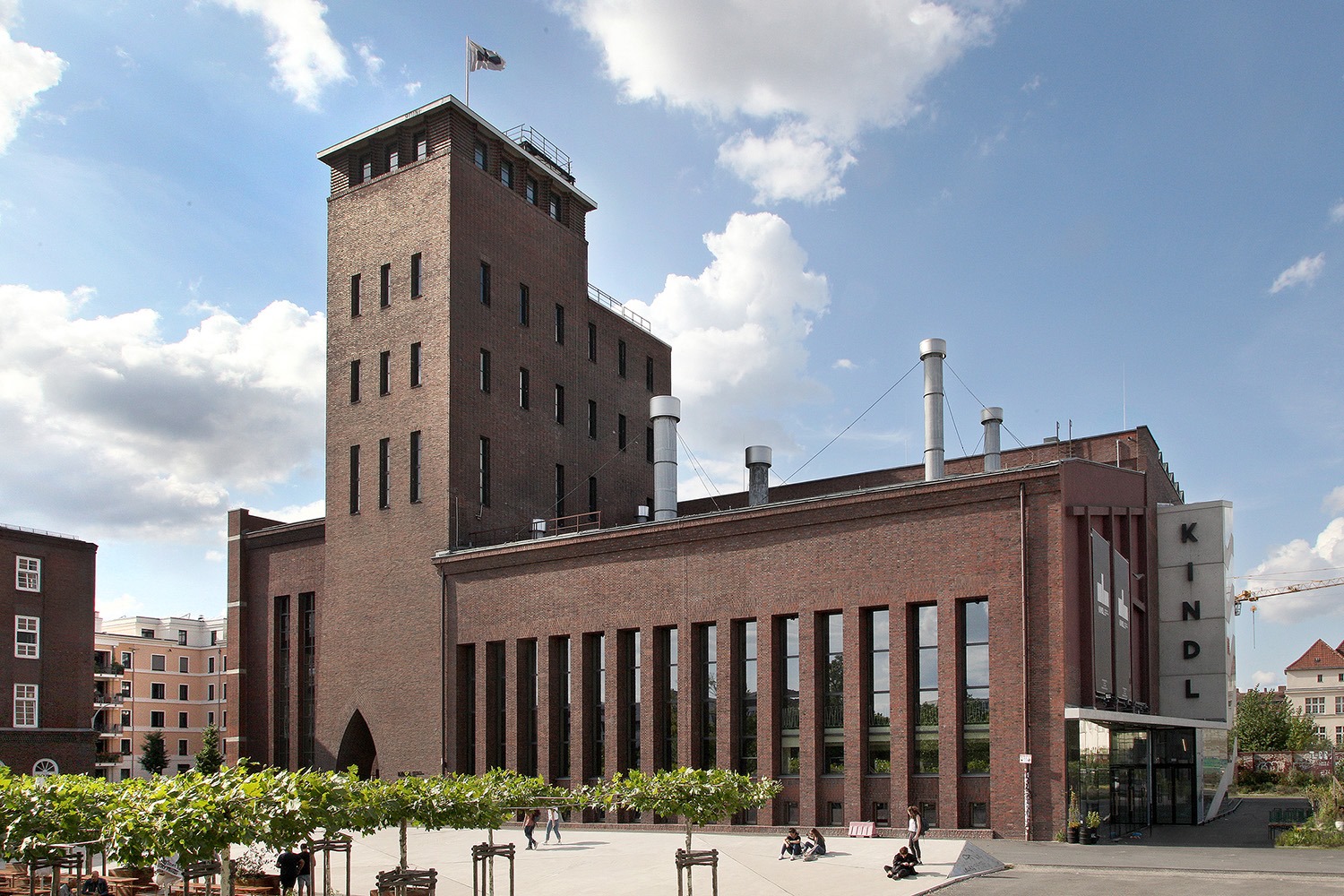
If I may add one recommendation, S A V V Y Contemporary: an independent project space and discoursive platform that cannot be categorised. S A V V Y describes itself as a “laboratory of form-ideas”, a very apropos way of terming it. Its community is actively engaged in reflecting on and deconstructing the notions of the West and non-West – ideologies, connotations, and systems. The team, the programme, and the very structure of the space can hardly be summed up under art space as we conceive of them. I find their approach admirably advanced, experimenting with and celebrating the notion that “another knowledge is possible”, a postulation directly connected to my practice as a curator, and that is often echoed in accessibility, community-building, and sharing.
Its founding director, Bonaventure Soh Bejeng Ndikung, recently took over as director of Berlin’s Haus der Kulturen der Welt, and I hold no doubt that he will impart an immense (already initiated prior to his arrival, and ongoing) shift in discourse there.
ALL-AROUND CONTEMPORARY ART DESTINATION?
Keeping in line with the architecturally-striking venues, and although this might lack the expected originality, the Boros Collection – the private collection of contemporary art of Karen and Christian Boros, a vast and noteworthy selection of works by international artists dating from 1990 to the present. The site itself is a converted bunker with over 3,000 square meters of exhibition space over four floors, in Berlin’s Mitte district, in which different facets of the collection are presented in groups of works alternating every four years.
If the conversation between the artworks and the space is arresting, the mediation is also remarkable. The art mediators, spread across the space, are extremely well informed, responsive, and available for as much or as little information as one desires – often art students or professionals with a clear passion for what is on display, adding an often personal critical perspective to the discussion. A truly uncommon, beautifully immersive moment.
Where can travelers find local artists?
I can cite more than one lasting encounter at Bärenzwinger, a minuscule outside brick structure located in Köllnischen Park near Jannowitzbrücke. Bärenzwinger is an art space for professional artists, designers, and collectives who have completed a training and are residents in Berlin. Artists are selected through an annual open call, and the curatorial programme is run by young curators from Berlin’s Department of Arts and Culture; the space is made available as a place of practice and learning during their traineeship. They experiment with and explore their exhibition ideas on-site and progressively present them by way of site-specific interventions and installations.
The site is riveting, and atypical: a deep-seated cultural monument – a former bear pit, home to Berlin’s heraldic animals for more than 80 years, which held and continues to assume a great degree of popularity and sympathy among the citizens of Berlin.
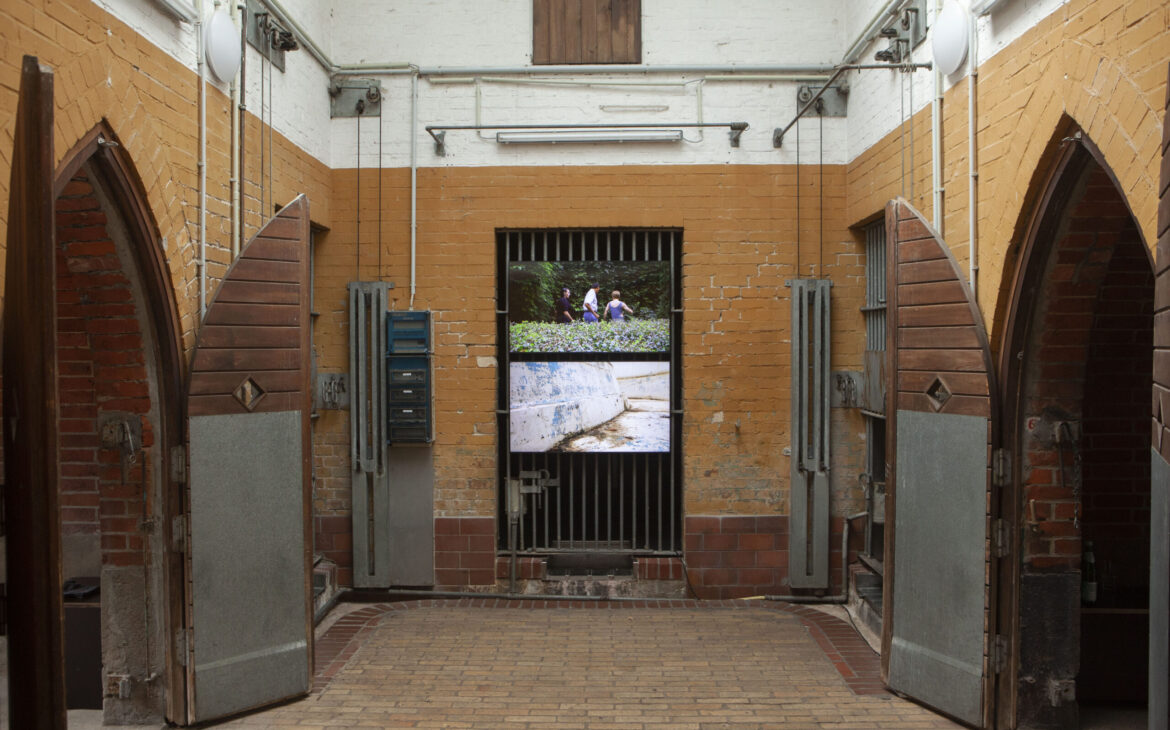
The aim at this point in time and in its history is to develop the location as a public place of cultural learning and teaching as well as a knowledge base for urban culture. I very frequently take part in their workshops and events, organised by their extremely personable team and generous artists, which consistently reference cultural urban design, and the history of Berlin, in a dialogue with international contemporary art.
Is there any residency program, art school, or academy in Berlin that you would suggest checking out?
The Künstlerhaus Bethanien, an international cultural centre based in Kreuzberg, and its artist-in-residence programme, with workspaces for professional artists as well as expansive exhibition spaces. The Künstlerhaus organises a wide range of events ranging from monthly exhibition openings to private and public studio visits (“Open Studios”). The focus is the International Studio Programme, where artists from around the world conceive and present new projects with the help of its team.
I recently saw there German artist Markus Draper’s Haus in der Nähe eines großen Waldes [House near a Large Forest], a darkly sarcastic and informed video piece playing with the genre of fairy tales to recount how the changes and reforms in the Soviet Union have been closely linked to the KGB since the 1970s, and its ties with Vladimir Putin. Deeply relevant in the face of the Ukraine war, and clearly the result of significant investigations by the artist, shedding new perspectives on historical events.
What is the best time to visit Berlin?
From May through July. Berlin comes to life through the individuals that inhabit it – and with the summer, every space in the city comes to be invested by both locals and visitors. It is wildly vibrant!
Is there any art festival, art fair, or art-related event you would like to suggest?
The Berlin Project Space Festival, which takes place for the whole duration of June each year, is a collaborative grassroots event of Berlin’s independent project space scene. The festival has been running since 2014 and invites the public to visit 30 events and initiatives, free of charge, brought forth by artists and independent curators and unfolding in alternative spaces across Berlin: a building facing imminent demolition, a contested urban space, experimental extensions or overlaps onto the public space. A beautiful window into Berlin’s creative, widely diverse visual arts scene.
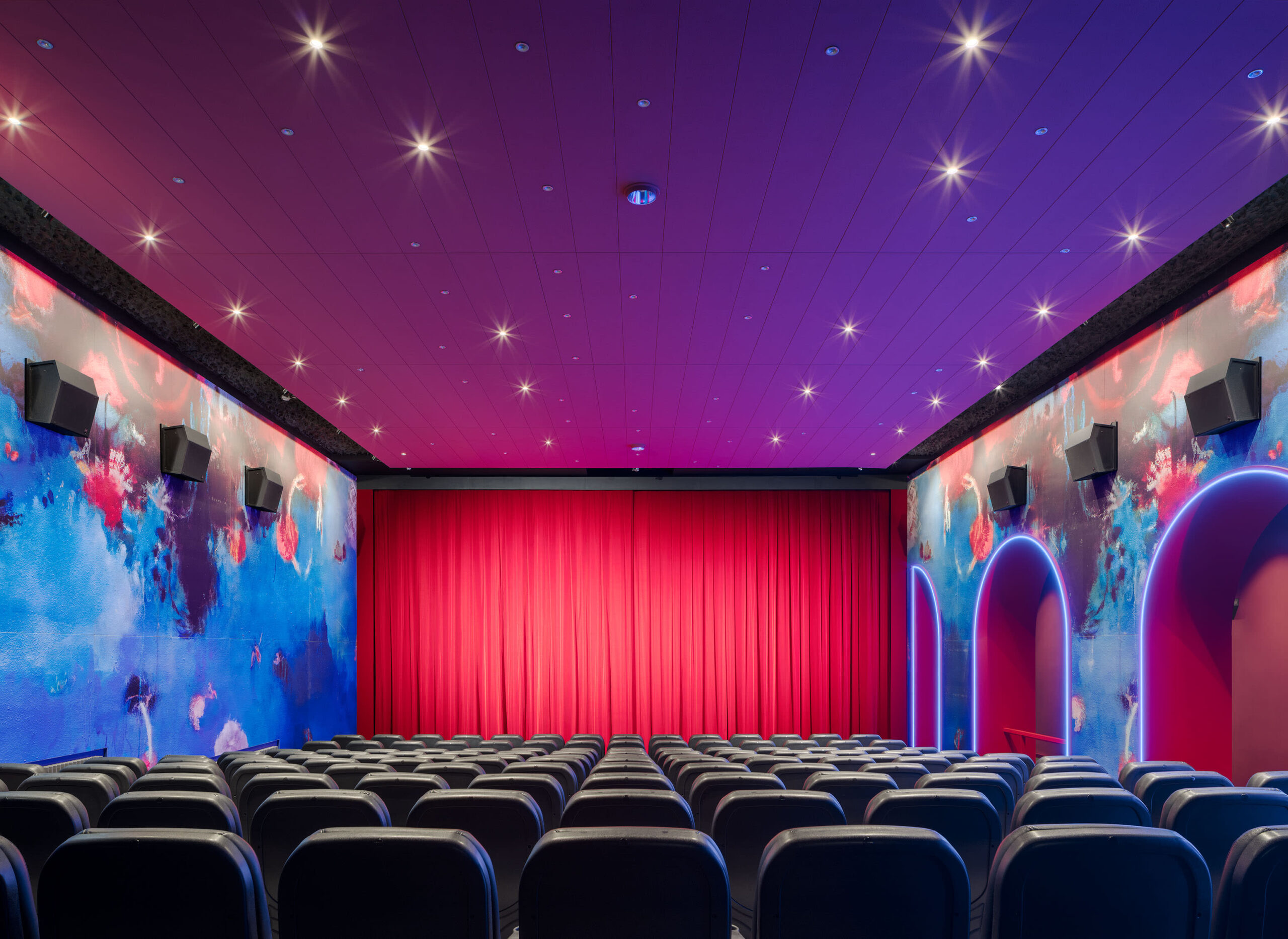
If visiting Berlin, where could we find you? What are your favorite non-artsy spots? (Cafes, bars, restaurants, shops, etc.)
I spend much of my time between Friedrichshain, Kreuzberg, and Neukölln. As many Berliners, I am an all-year habituée of the lovely Landwehrkanal.
Among my favourite spots, mostly in the area, the small outside kiosk-café Pavillon am Ufer; the bar Tante Lisbeth; the Spanish tapas and wine bar Bar Raval; the art and design boutique of Gropius Bau; my go-to supermarket, Hao Cai Lei, for a plethora of Asian victuals; and the beautiful park that is Hasenheide.
I am also constantly hopping around the Yorck cinemas for film screenings. There are several locations across Berlin, all art-house movie theatres and open-air venues tailored to the identity of the original building – many of which have been recognised as historic monuments – a cross-section of cinema architectures, from neo-classicism to neon tubes, and with a broad selection of independent and international films.
Why would an art lover put Berlin on their travel bucket list?
Berlin is a thriving hub of public and private arts initiatives. Artists, curators, and other cultural professionals boundlessly revisit and invest formal and informal spaces across the city. As a main global metropolis, Berlin has the remarkable asset that is space, and its creative community is unbounded at a time where the latter is so scarce and so decisive in the development of projects, and unfolding of ideas, critical to the very notions of accessibility and experimentation in art.
Art can be broadly explored and experienced in Berlin, and initiatives like the Berlin Project Space Festival, to cite but one of the many noteworthy, unconventional concepts rooted here, very much embody the diversity and plurality of definitions that the people here give to art. This ultimately trickles down to the public, allowing more marginalised communities to take part, engage with, or simply observe these developments in their urban surroundings.
Lastly, what is the most artsy anecdote, story, or curiosity you can tell us about Berlin?
As you might have noted at this point, I am fascinated by Berlin’s eclectic, deeply storied architecture. I am particularly seized by the Karl-Marx-Allee, a monumental socialist boulevard built by the GDR between 1952 and 1960 in Friedrichshain and Mitte. It was originally named Stalinallee, and was a flagship building project of East Germany’s reconstruction programme after WWII, lined over two kilometres with immense eight-story buildings in the socialist classicism of the Soviet Union.
If you are in the area, you can also visit the Galerie im Turm on the ground floor of one of Frankfurter Tor’s grand towers, or sip on wine at the bar of the Kino International.
Cover image by Adam Vradenburg on Unsplash

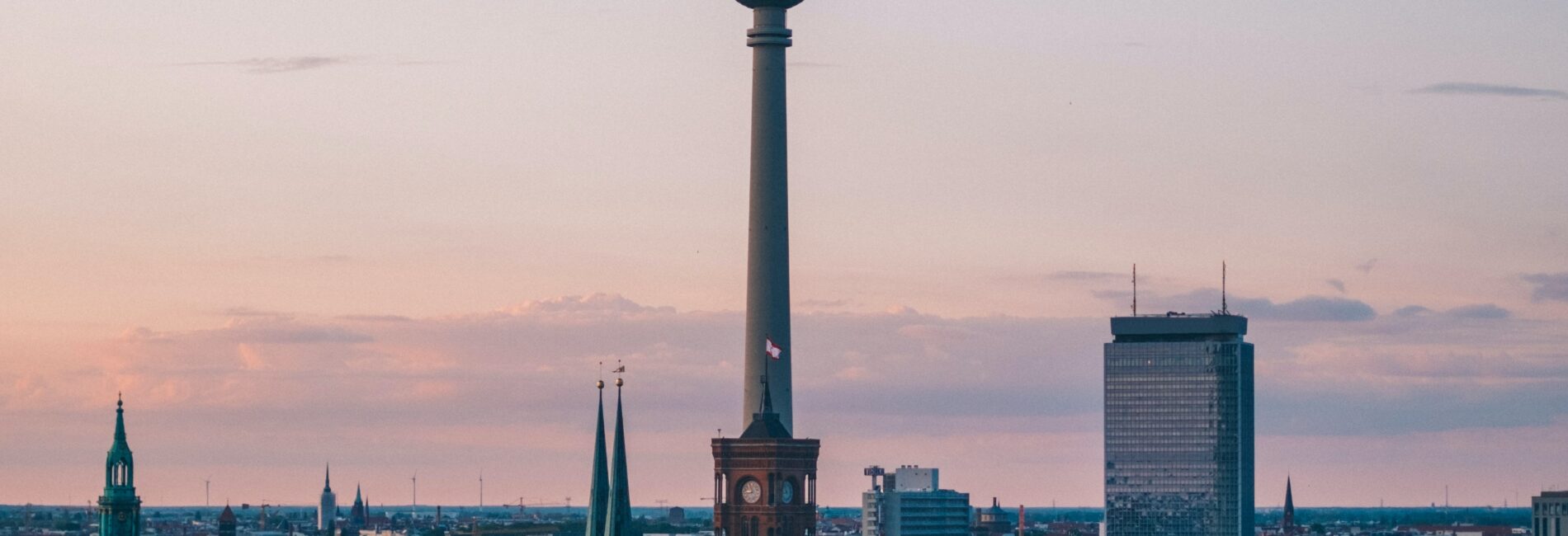
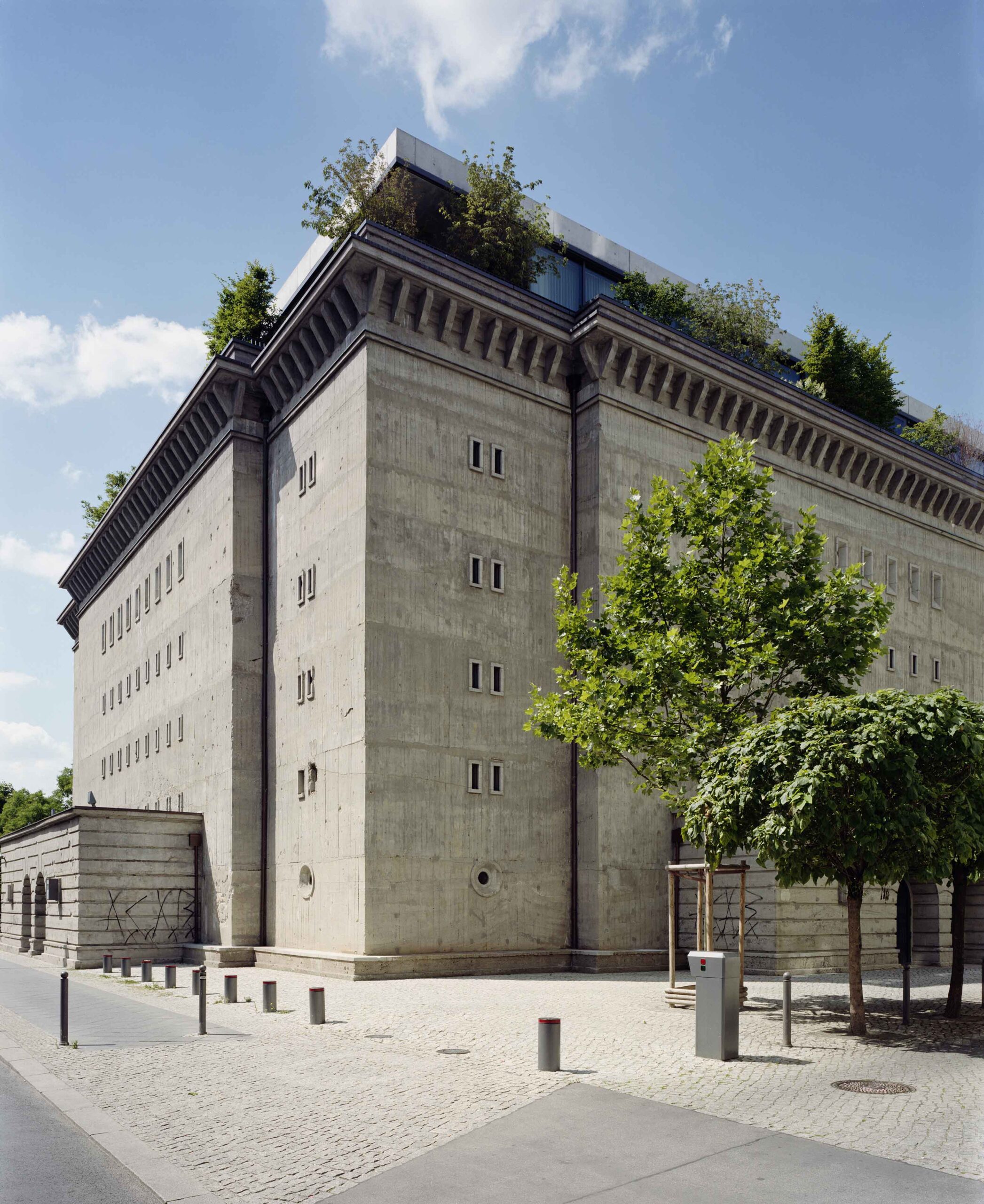
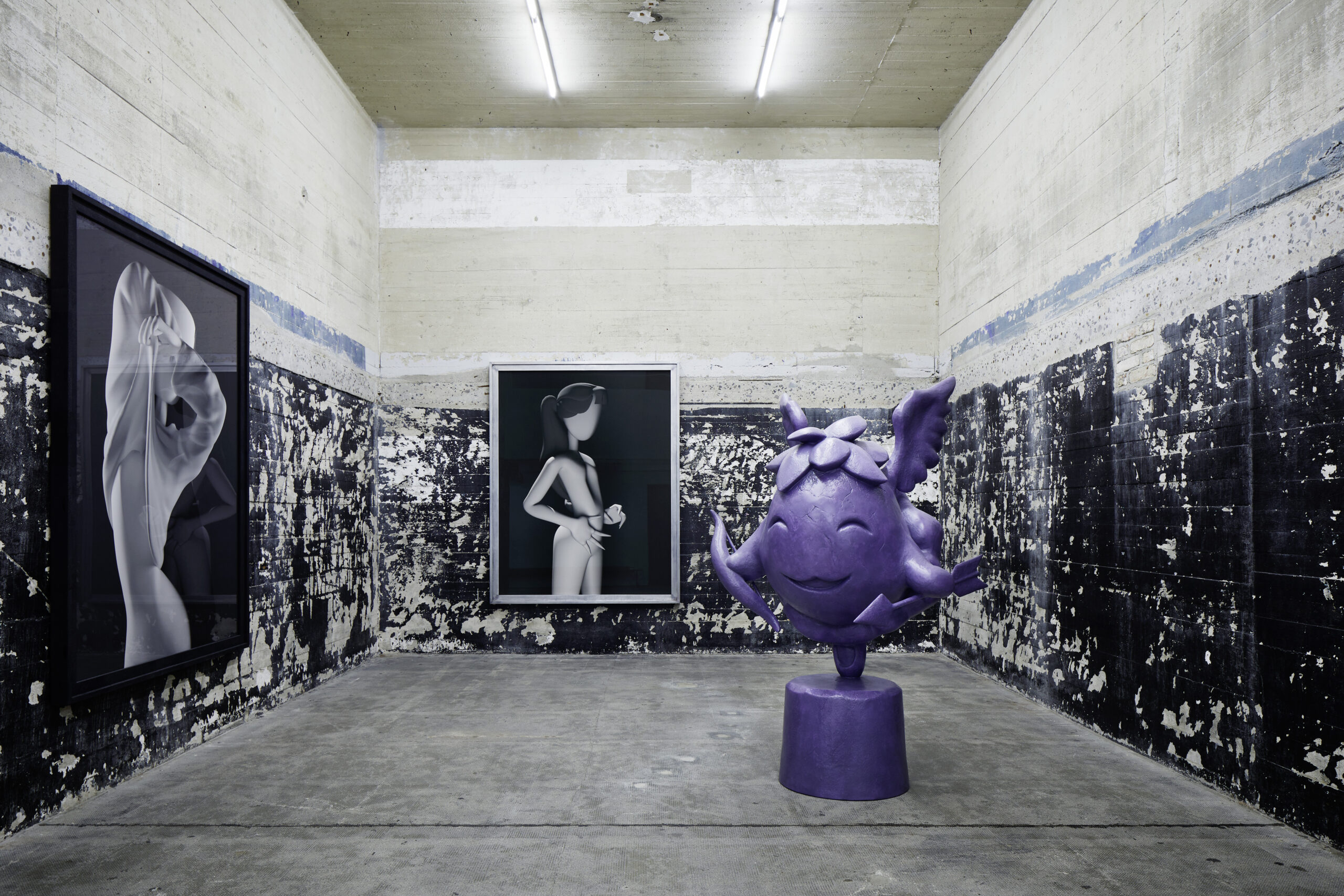
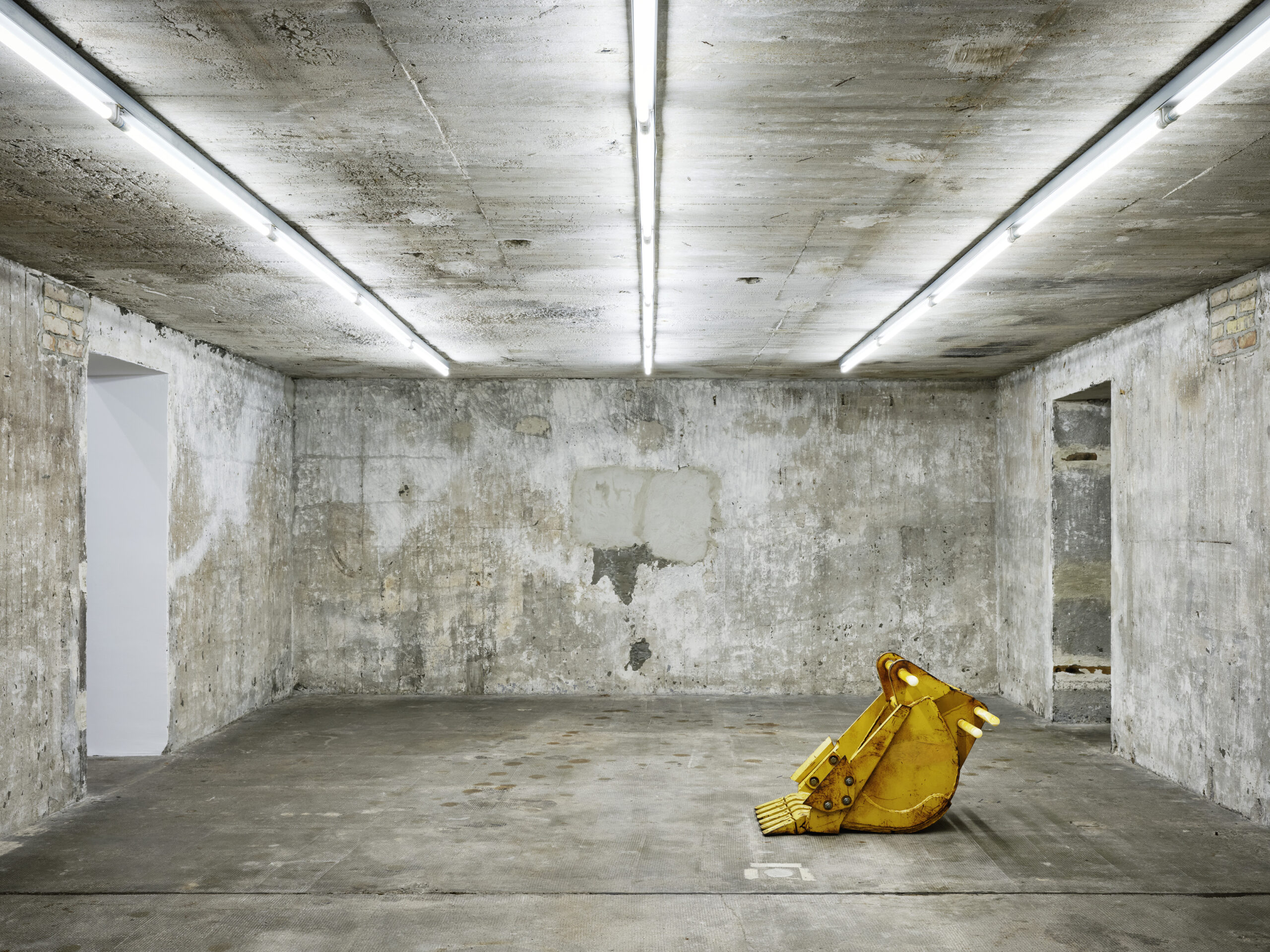

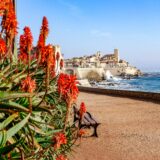

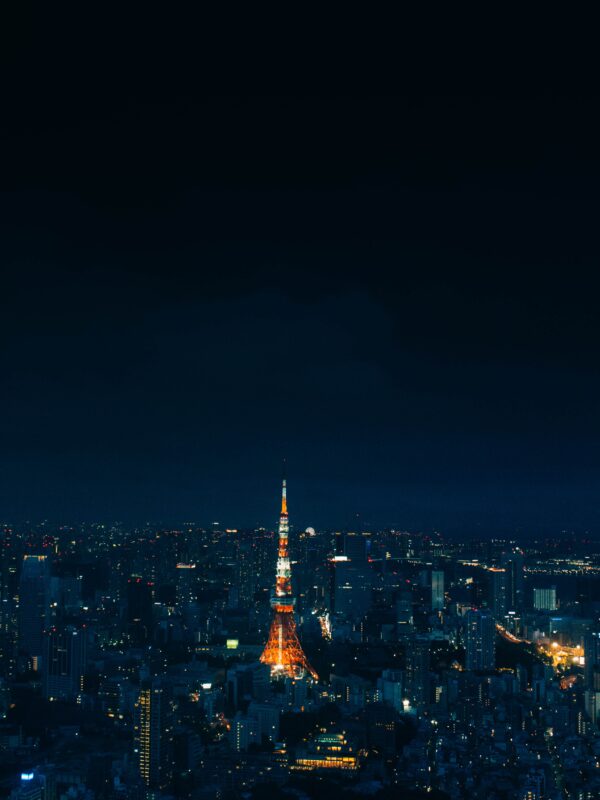
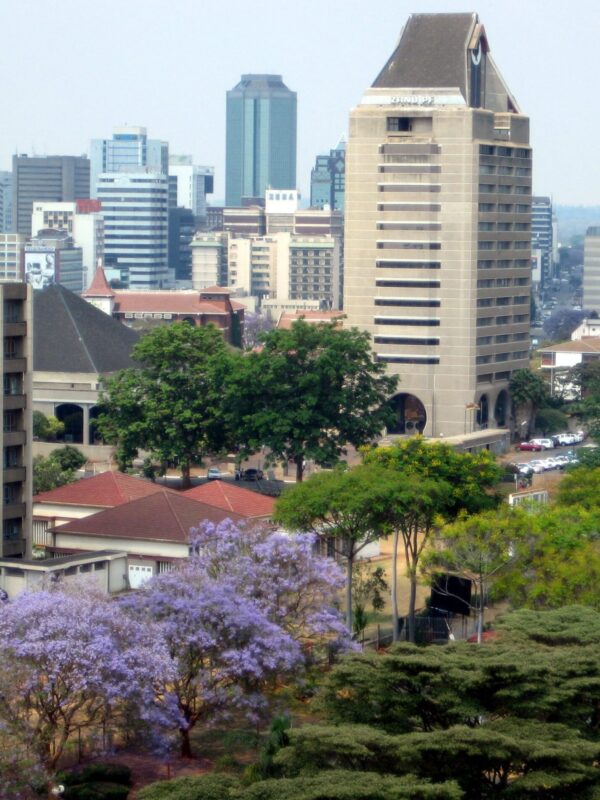


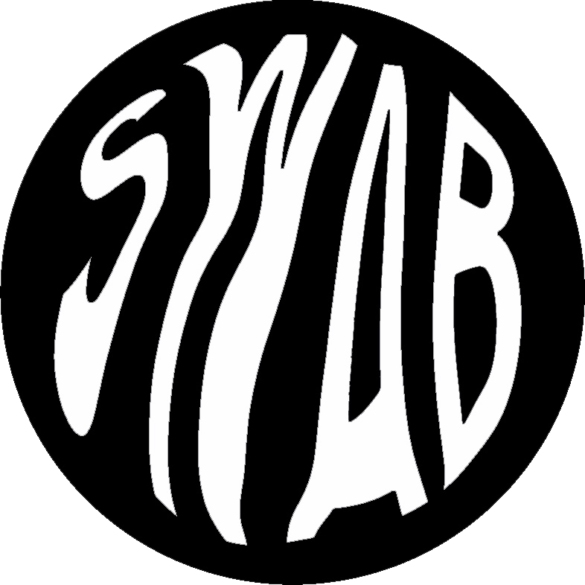

Get in touch